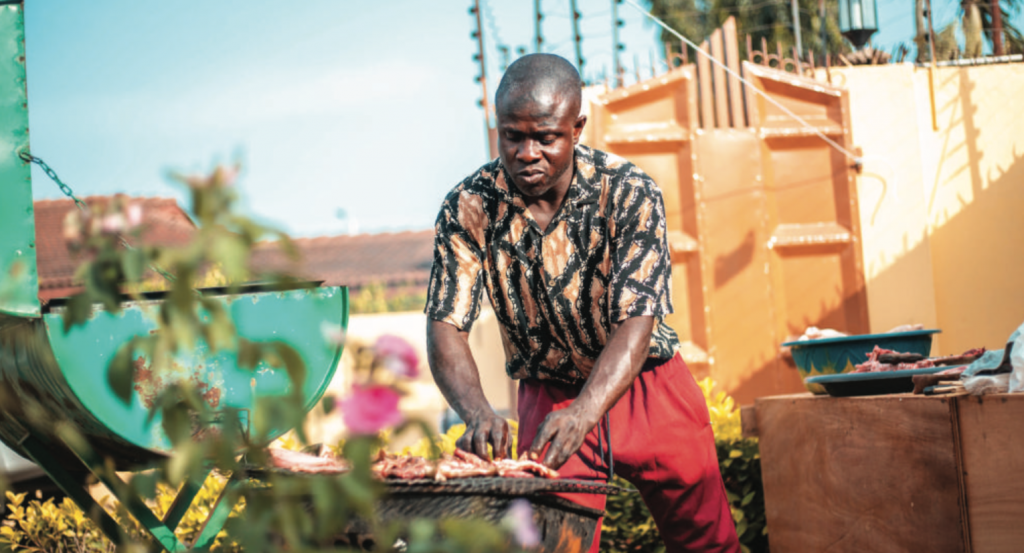As the festive season approaches, the children in my neighborhood will be looking forward to the Christmas party I have been organizing. The truth is that I have practically purchased everything I’ll need for this year’s party except the chicken. I am still debating whether to use local or imported chicken, though I have always loved the freshness of the local chicken. This unresolved puzzle of mine is due to the recent high cost of local chicken on the market.
Local chicken, a very affordable animal protein, enjoyed by many households, now seems to be a luxury for the affluent, and I don’t get it! What is causing this? And why must we import them when we can rear them in almost every household? Growing up in Mamprobi, a suburb of Accra, domestic chicken rearing was done in almost every home I played. The routine feeding of the birds and cleaning of the coop was done by the children under the supervision of the adults, primarily our mothers, who prepared delicious meals with the chicken at home. My curiosity about what our local poultry farms are doing to combat the high cost of chicken made me learn about their challenges.
In recent times, poultry feed has become a “red diamond”. According to an article in The Daily Graphic, a poultry farmer confessed that he feeds his birds every other day. The prices of maize and soya, which are the key components of poultry feed, have soared, making the feed prohibitively expensive. The production of these raw materials has been derailed as a result of changes in weather and rainfall patterns. These crops, which are mostly rain-fed cultivated, have been met with dry spells, thereby affecting potential yield. Additionally, a shortage of fertilizers due to the COVID-19 pandemic has also led to the low production of maize.
The new avian flu outbreak is another important contributor to the high cost of local chicken. In July of this year, approximately 6,000 dead birds were discovered on seven farms in Ghana’s Greater Accra, Volta, and Central regions. This resulted in the destruction of 4,500 birds and the restriction of poultry products nationwide. This outbreak hampered the production of chicken and the sale of poultry products, as consumers feared contracting the disease when they came into contact with an infected bird. As a result, the economic value of the poultry sector has decreased as many affected farms have folded up.
I love my country, Ghana, and in contributing my quota, I hope to start a poultry farm to help salvage the chicken crisis because it’s obvious our local production is insufficient to meet our national demand.
But with all these challenges confronting the industry, will it be able to survive? Is it even profitable? This is my headache as the festive season draws near.
To conclude, I still believe the poultry industry has the potential to support our GDP and I will call on the government to do more to help the sector.

